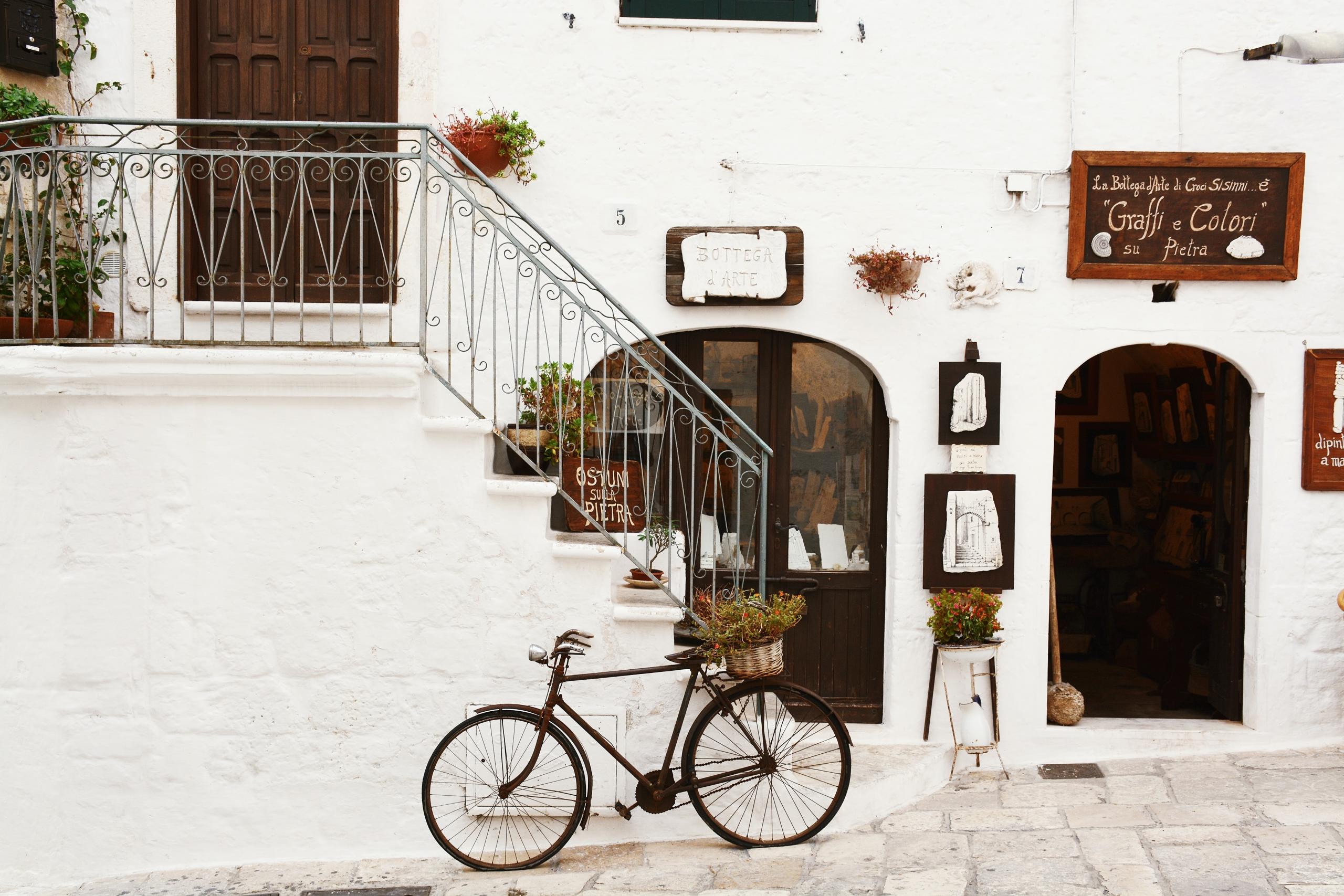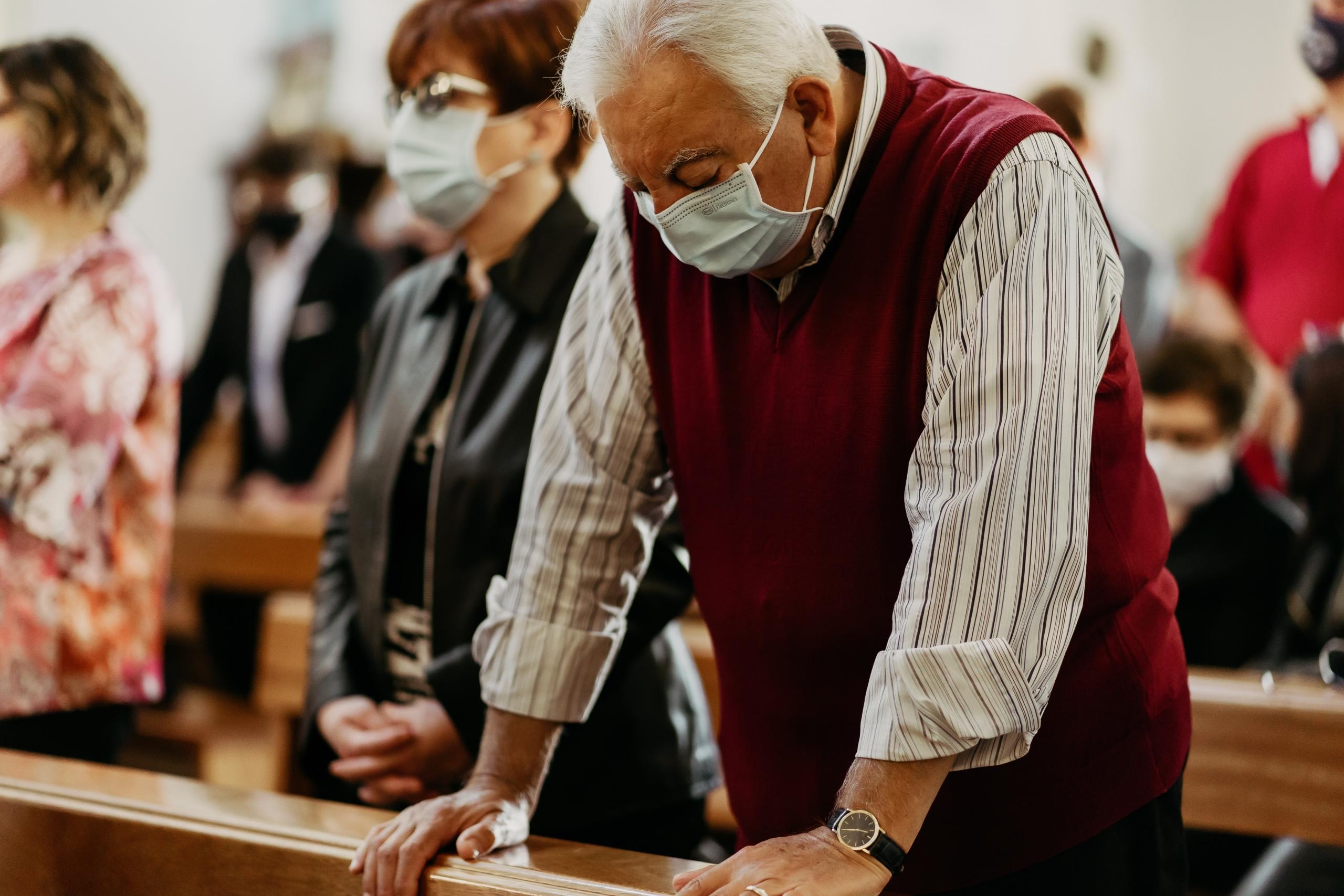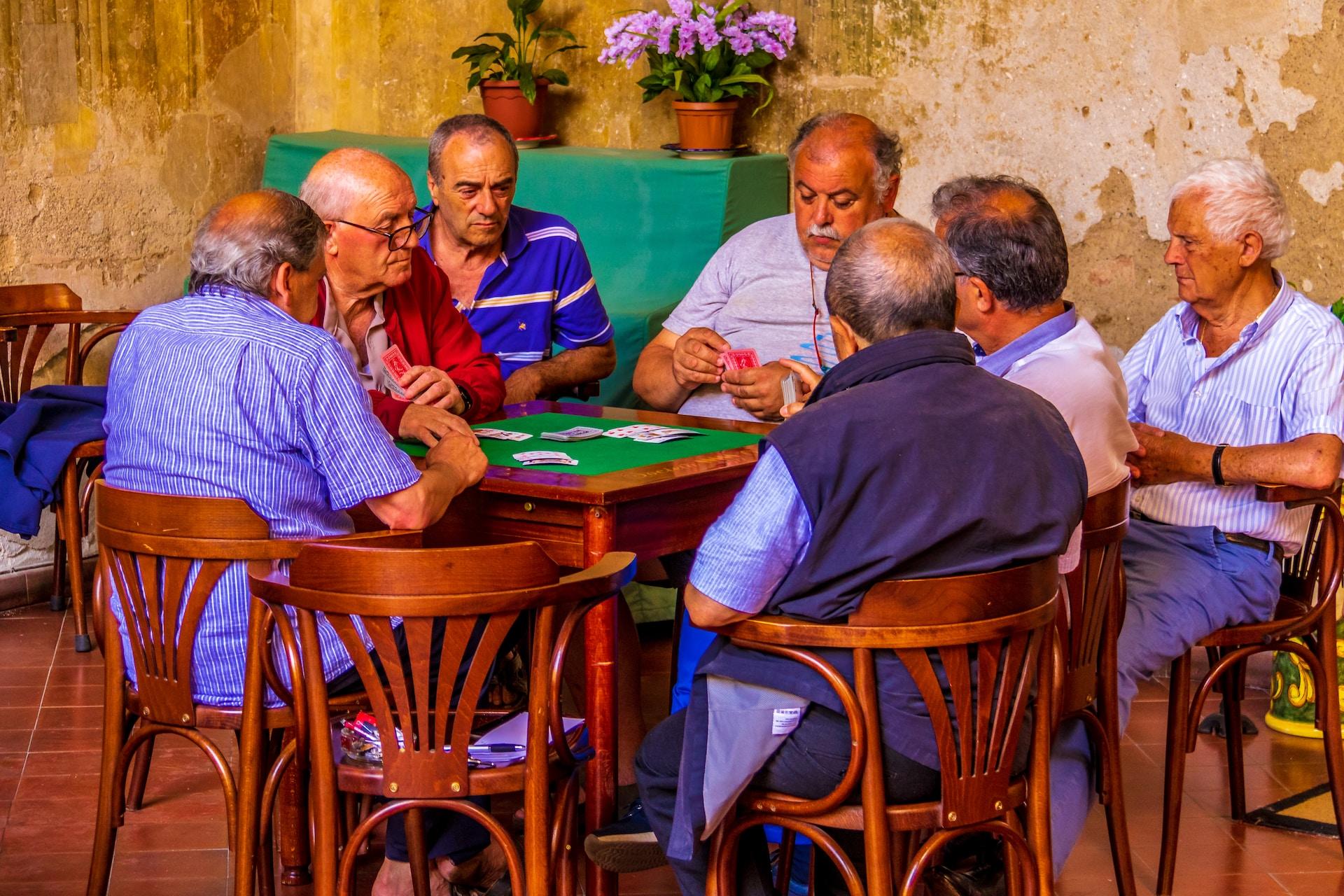Mastering Italian greetings is essential for anyone looking to communicate naturally and respectfully in Italy. Whether you're saying a casual "Ciao" to a friend, a formal "Buongiorno" in a business setting, or a polite "Arrivederci" when leaving, knowing when and how to use these expressions can make all the difference. In this guide, you'll discover the most common Italian greetings, their proper contexts, pronunciation tips, and cultural nuances—ensuring you always make the right impression.
| Italian Phrase | Formality | English Meaning | When to Use | Pronunciation |
|---|---|---|---|---|
| Grazie | Neutral | Thank you | General thank you in any situation | |
| Grazie mille | Neutral | Thanks a lot / A thousand thanks | To express extra gratitude | |
| Molte grazie | Neutral | Many thanks | Slightly more formal than 'Grazie mille' | |
| Grazie di cuore | Neutral | Thank you from the heart | To express deep gratitude | |
| Ti ringrazio | Informal | I thank you | When thanking a friend or peer | |
| La ringrazio | Formal | I thank you (polite) | Used in professional settings or with strangers | |
| Grazie infinite | Neutral | Infinite thanks | When showing extreme gratitude | |
| Grazie tante | Neutral | Thanks a lot | Can be genuine or sarcastic depending on tone |

Formal vs Informal Greetings: “Ciao” vs “Arrivederci”

In Italian, choosing the right greeting depends largely on who you are speaking to and the level of formality required. Using an informal greeting in a formal setting can be seen as disrespectful, while being overly formal with close friends may come across as distant.
While in English we just have goodbye, it’s important to note how goodbye in Italian can change depending on the setting you are in. Many languages have different levels of respect expressed through their language, often in a more direct manner than we have in English.
Informal Greetings
Informal greetings are used when talking to friends, family members, peers, and people of the same age group. These greetings are casual and warm and are commonly used in relaxed social settings.
This is considered the more polite of the two ways of saying goodbye in Italian. While you might use this in a more respectful setting, among family or friends you may instead go for simply “ciao”, which is considered less respectful but more familiar.
Formal Greetings
Formal greetings are essential when speaking to strangers, professionals, teachers, older people, and authority figures. These greetings show politeness and respect, making them ideal for workplaces, business meetings, and official settings.
Every language has its own nuances to both greetings and farewells, and Italian is no exception. Taking classes with an Italian tutor often provides a platform for cross-cultural exchange and appreciation.
How To Pronounce Goodbye In Italian

Now that we know the different registers of expressing farewell in Italian, we still need to know how goodbye in Italian is pronounced. This table summarises the key terms, usage and pronunciation.
| Greeting | Formality | Meaning | When to Use | Audio Clip |
|---|---|---|---|---|
| Ciao | Informal | Hi / Bye | Friends, family, peers | |
| Salve | Neutral/Formal | Hello | Safe in formal or neutral settings | |
| Buongiorno | Formal | Good morning / Good day | Formal situations (morning - early afternoon) | |
| Buonasera | Formal | Good evening | Formal settings (late afternoon onwards) | |
| Ehi! | Informal | Hey! | Very casual, used among young people | |
| Arrivederci | Formal | Goodbye | Professional settings, with strangers | |
| Arrivederla | Very Formal | Goodbye (respectful) | Very polite farewell, used with authority figures | |
| A presto | Neutral | See you soon | When expecting to see someone again soon | |
| A dopo | Neutral | See you later | When meeting again later the same day | |
| Ci vediamo | Informal | See you | Casual goodbye among friends |

Time-Specific Greetings in Italian

The way you would probably be taught to say goodbye in Italian language classes would be most likely arrivederci or ciao, although if you actually go to Italy you will quickly find that more than just these two are used.
| Italian Phrase | Formality | English Meaning | When to Use |
|---|---|---|---|
| Ciao | Informal | Bye | Among friends, family, and peers |
| Arrivederci | Formal | Goodbye | In polite or professional settings |
| Arrivederla | Very Formal | Goodbye (respectful) | With elders or in very formal occasions |
| A presto | Neutral | See you soon | When expecting to see someone again soon |
| A dopo | Neutral | See you later | When meeting again later the same day |
| Ci vediamo | Informal | See you | Casual goodbye among friends |
| Addio | Rare / Dramatic | Farewell | Used for permanent or emotional goodbyes |
| Buona giornata | Neutral | Have a good day | When parting in the morning or early afternoon |
| Buona serata | Neutral | Have a good evening | When leaving in the late afternoon or evening |
There are many alternatives to goodbye Italy will throw at you, and some familiarity with these will definitely help you fit in better with the locals. A few such alternatives are:
These all of course have slightly different literal translations, but are also all generally usable under the same circumstances, with the idea being to convey some sense of pleasant wishes and a conclusion to the conversation.
What’s thank you in Italian?
Another part of conversation that tends to come up near the conclusion that’s worth knowing how to say is how to offer thanks. How to say thank you in Italian again changes based on the formality of the setting you are in.
Informal Setting 🕶️
"Grazie Mille": Thanks a million
Formal Setting 💼
"Mille grazie": a thousand thanks
As with goodbyes, there are plenty of other ways to say thank you than just a plain “grazie”. In actual practise, you will likely encounter many forms of this, and as such it is worth being familiar with what each one might be translated as. This table summarises some of the most common thank you expressions:
| Italian Phrase | Formality | English Meaning | When to Use | Pronunciation |
|---|---|---|---|---|
| Grazie | Neutral | Thank you | General thank you in any situation | |
| Grazie mille | Neutral | Thanks a lot / A thousand thanks | To express extra gratitude | |
| Molte grazie | Neutral | Many thanks | Slightly more formal than 'Grazie mille' | |
| Grazie di cuore | Neutral | Thank you from the heart | To express deep gratitude | |
| Ti ringrazio | Informal | I thank you | When thanking a friend or peer | |
| La ringrazio | Formal | I thank you (polite) | Used in professional settings or with strangers | |
| Grazie infinite | Neutral | Infinite thanks | When showing extreme gratitude | |
| Grazie tante | Neutral | Thanks a lot | Can be genuine or sarcastic depending on tone |
You will notice that all of these are built around the core of the word grazie, which at least is more convenient to remember when compared to the many ways of saying farewell. In essence, if you hear the word grazie, you can be reasonably sure it is some form of thanks!
Formal Greetings in Italian
These three greetings below are your basic building block formalities for conversation in Italian. With the combined ability to greet, thank, and bid farewell in both a casual and formal setting, you should be well-equipped to at the very least, begin talking to people in Italian.
Translates to “good morning”. Used in formal settings or with a stranger you haven’t met before.
This translates directly to "Good afternoon/evening". It can also be used in formal settings.
Translates directly to a more formal "hello". It can be used at all times of the day.
Of course, these words don’t really offer you anything other than the formalities and niceties that make conversation flow smoothly. None of them offer any actual content or substance to your conversation.
For that, you will need to reach into the more complete meat and bones of your Italian vocabulary and grammar knowledge.

This, of course, is not something that you will just conveniently have. As with any language, being able to hold flowing conversations with locals and native speakers will require a lot of time, effort, and energy.
And once again, as with any language, the most effective way to learn it is to have someone directly teach it to you. Tutoring is consistently shown to be the best way to learn anything academic or otherwise, with languages being one of the very best examples of this.
Superprof has a huge selection of greatly experienced and highly qualified Italian tutors who can get you chatting with the locals of beautiful Italy in no time. With a wide range of different tutors to choose from, you're sure to be able to find a tutor who is perfectly suited to your learning style and can get the most out of you for the eBay prices.
On top of this, many tutors will offer your first lesson free of charge, which is a wonderful way to find out if both the language and the tutor are the right fit for you. So no matter the reason you’re looking to learn Italian, there’s never been a better time or place to start!















